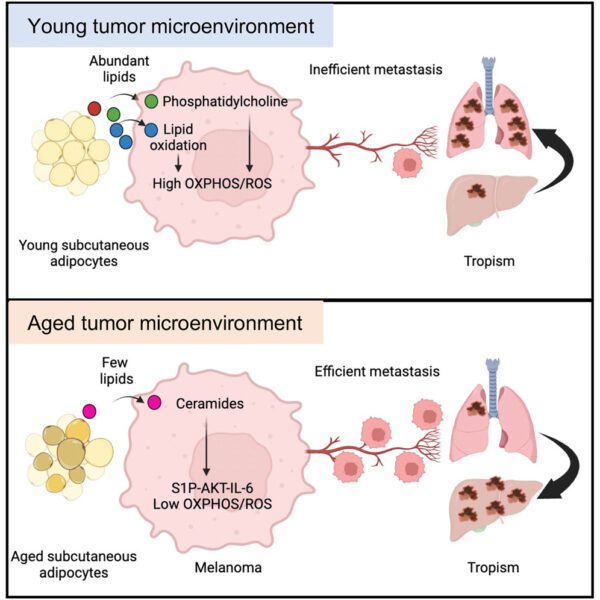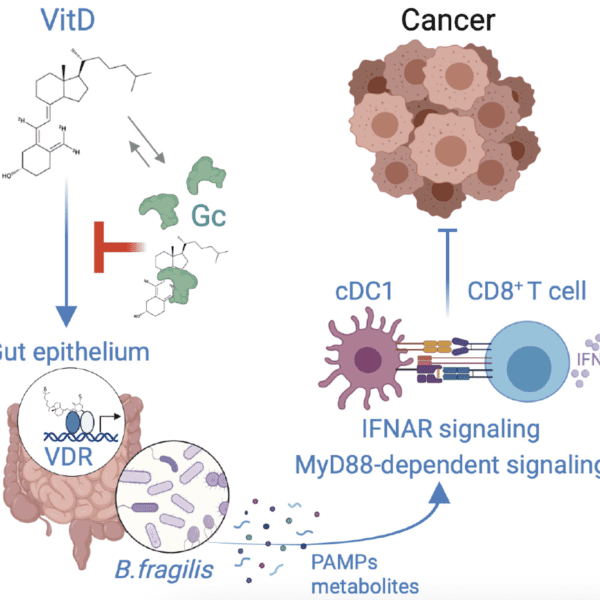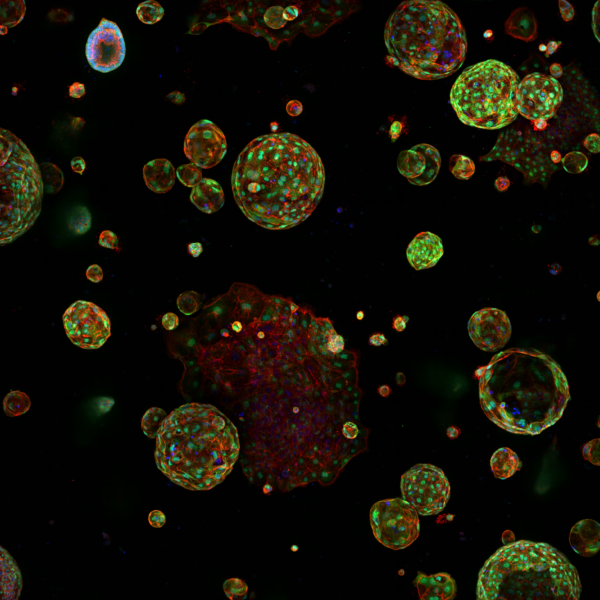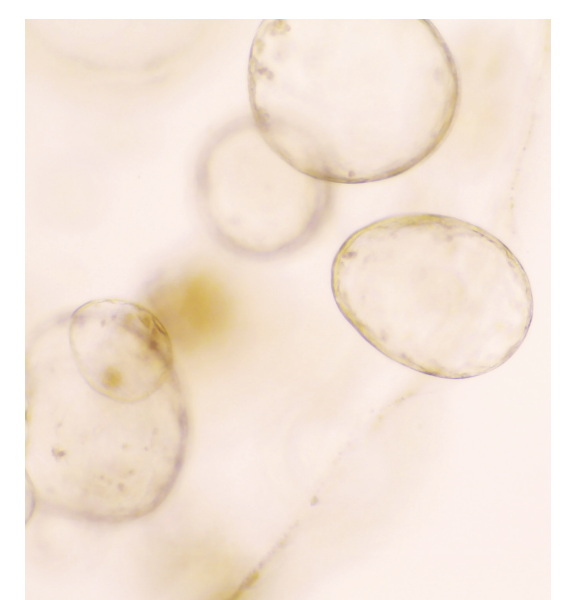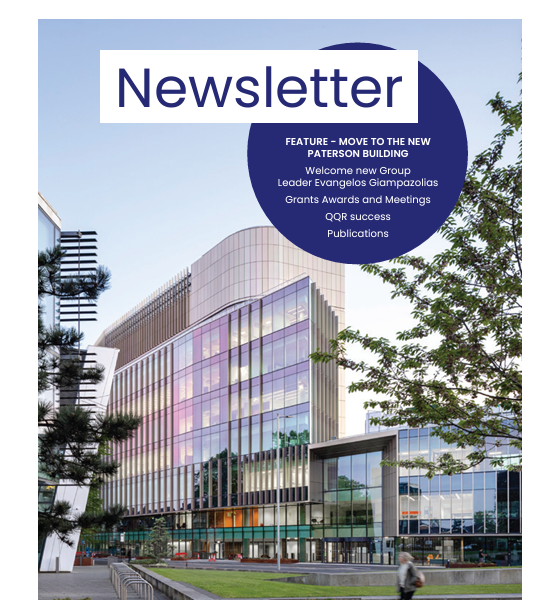Article highlights & insights
Iain Hagan and Wendy Trotter have developed a new approach to synchronise the cell division cycle of an entire population of human cells in culture. This method exploits the ability of CDK4/6 inhibitor drugs to arrest cell cycle progression at a natural pause point of the cycle: the restriction point. After synchronisation and re-initiation of the cycle, all the cells in the population go through it at the same time and rate, making it possible to perform biochemical and functional analyses of the changes that occur in cells at specific points of the cycle.
Importantly, cells can be removed from the cycle for up to 48 hours, during which they retain their ability to resume synchronous cell cycling. That time can be used to manipulate any molecule and when the cells are returned to the cycle, their fate can be observed and enable significant insights to be made into the function of molecules and the behaviour of cells within the actual cycle under study.
The gold standard for cell cycle synchronisation has long been the double thymidine block approach, which stops the cell cycle at the phase of DNA replication and causes DNA damage. The subsequent cell cycle is therefore far from normal, making the double thymidine block approach difficult to study the biochemistry of DNA replication or transcription, or chromatin biology. By contrast, using CDK4/6 inhibitors clinically approved to treat breast cancer have no impact upon DNA integrity, making this approach a game changer for researchers studying DNA biology.
Critically, this publication shows that a drug developed to treat cancer, and with great effect, can now advance our understanding of cell division to help identify further routes to cancer therapy.
Iain Hagan and Wendy Trotter have developed a new approach to synchronise the cell division cycle of an entire population of human cells in culture. This method exploits the ability of CDK4/6 inhibitor drugs to arrest cell cycle progression at a natural pause point of the cycle: the restriction point. After synchronisation and re-initiation of the cycle, all the cells in the population go through it at the same time and rate, making it possible to perform biochemical and functional analyses of the changes that occur in cells at specific points of the cycle.
Importantly, cells can be removed from the cycle for up to 48 hours, during which they retain their ability to resume synchronous cell cycling. That time can be used to manipulate any molecule and when the cells are returned to the cycle, their fate can be observed and enable significant insights to be made into the function of molecules and the behaviour of cells within the actual cycle under study.
The gold standard for cell cycle synchronisation has long been the double thymidine block approach, which stops the cell cycle at the phase of DNA replication and causes DNA damage. The subsequent cell cycle is therefore far from normal, making the double thymidine block approach difficult to study the biochemistry of DNA replication or transcription, or chromatin biology. By contrast, using CDK4/6 inhibitors clinically approved to treat breast cancer have no impact upon DNA integrity, making this approach a game changer for researchers studying DNA biology.
Critically, this publication shows that a drug developed to treat cancer, and with great effect, can now advance our understanding of cell division to help identify further routes to cancer therapy.
